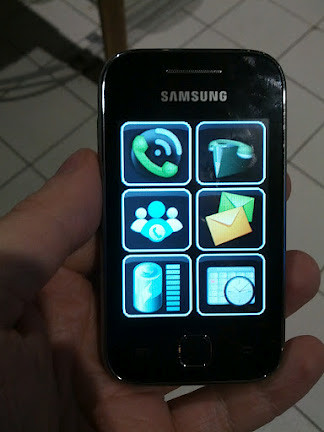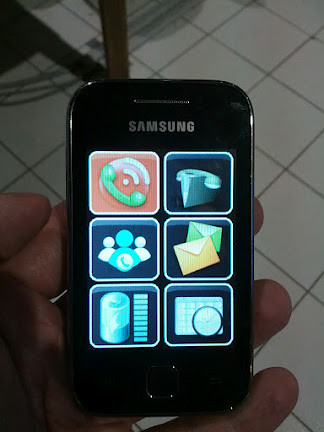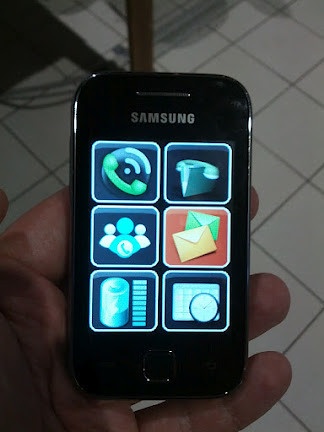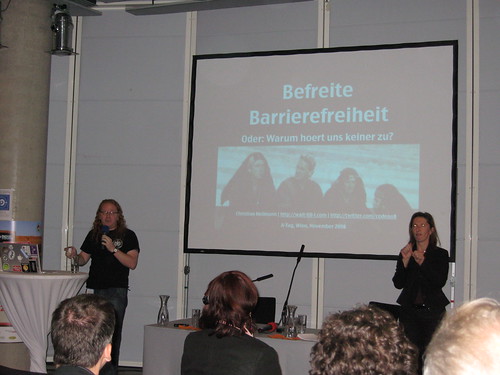Alcance by CPQD – an accessible and simple interface for smartphones
Tuesday, July 31st, 2012Accessibility and mobile devices is still and issue that needs solving. Sure, there were solutions for phones around for quite a while that would for example allow a blind person to listen to their phone (a friend I know uses a Nokia N95 for that) and the iPhone is considered by many a really good solution for people with disabilities but the price of the iPhone makes it less accessible for a lot of people.
At Campus Party Recife I gave a talk about Mozilla and the Open web device and got introduced by Felipe Cunha of Telefonicá Brazil to a product called Alcance by CPQD. Here is a quick interview with Felipe about it:
Here are the main points:
- CPQD built this prototype after doing user testing and research with blind users, the elderly and people with learning disabilities and low literacy
- The software runs on mid-range Android phones and uses private access to boot directly into the interface circumventing the main Android OS interface
- Users can swipe on the screen and a voice reads out what app they are currently touching. Double-clicking opens that app with more voice information. Subsequent screens then all are the same size icons (6 per screen)
Here are some screenshots of the device in action:




Of course this will not replace a full-on smart phone with all its possibilities but I like the idea and the simplicity of it a lot. Telefonicá is very interested in seeing where this can go and I am pretty sure this could be easily converted to Firefox OS and in HTML5.
What I like most about it is that it was built after doing research with the intended audience rather than yet another protoype that assumes a lot and lands in the “innovation” bin in the company a few weeks later.
It will be interesting to see what else happens with this product. Especially in a market like Brazil where low literacy is an issue this could be a good way to bring connectivity to those who can benefit from it.

